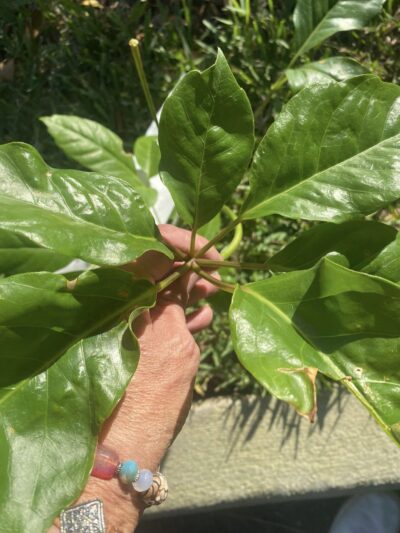When you first notice translucent or water-soaked areas on your Ash Magnolia leaves, it can be quite concerning. These symptoms often raise questions about the health of your tree, especially if you’ve nurtured it for a while. I’ve encountered this issue before, and in my experience, it often signals environmental stress or the onset of disease, but catching it early can make all the difference.
Identifying Water-Soaked Leaves
The first sign to look for is the appearance of clear, wet-looking spots on the leaves. These spots can vary in size and are typically soft to the touch. They may remain isolated or spread to larger areas of the leaf. Over time, the affected parts may become mushy and begin to decay, leaving the leaf with an uneven texture.
Causes of Translucent or Water-Soaked Leaves
There are several potential causes behind this issue:
Overwatering or Poor Drainage
Ash Magnolias prefer well-drained soil, and excessive watering or poor drainage can lead to waterlogged roots. When roots stay too wet, they struggle to take in oxygen, leading to stress in the tree, which manifests as water-soaked leaves. In my garden, adjusting watering schedules and ensuring proper drainage has often resolved the issue.
Environmental Stress
Sudden changes in temperature or humidity can also lead to leaf issues. In some cases, a hot day followed by a rapid cooling period can cause stress to the tree, and its leaves may show these symptoms. In particular, young Ash Magnolias are more susceptible to environmental fluctuations. I’ve found that creating a more stable microclimate around the tree, such as with mulch or shade, can help prevent these problems.
Disease or Fungal Infections
Water-soaked leaves can sometimes be the result of fungal or bacterial infections. If the wet spots are accompanied by discoloration or a foul smell, it’s essential to inspect the tree further. In some cases, I’ve needed to prune affected areas to prevent the spread of disease, followed by applying a suitable fungicide to protect the rest of the tree.
Treatment and Prevention
Adjusting Watering Habits
The first step is to adjust your watering practices. Ensure the soil is moist but not saturated, and avoid watering in the late evening when leaves are more likely to retain moisture. In my experience, watering early in the day helps the soil to dry out before nightfall.
Improving Air Circulation
For trees that are planted too close to one another or in sheltered areas, poor air circulation can lead to moisture buildup on the leaves. Pruning nearby plants and allowing more airflow around the tree can reduce the likelihood of this issue recurring.
Monitoring for Recurrence
After addressing the initial problem, it’s important to monitor your Ash Magnolia for any signs of the water-soaked appearance returning. Keep an eye on the soil’s moisture level, and adjust your care routine based on seasonal changes. In my garden, regular checks have helped me prevent a minor issue from becoming a significant one.
